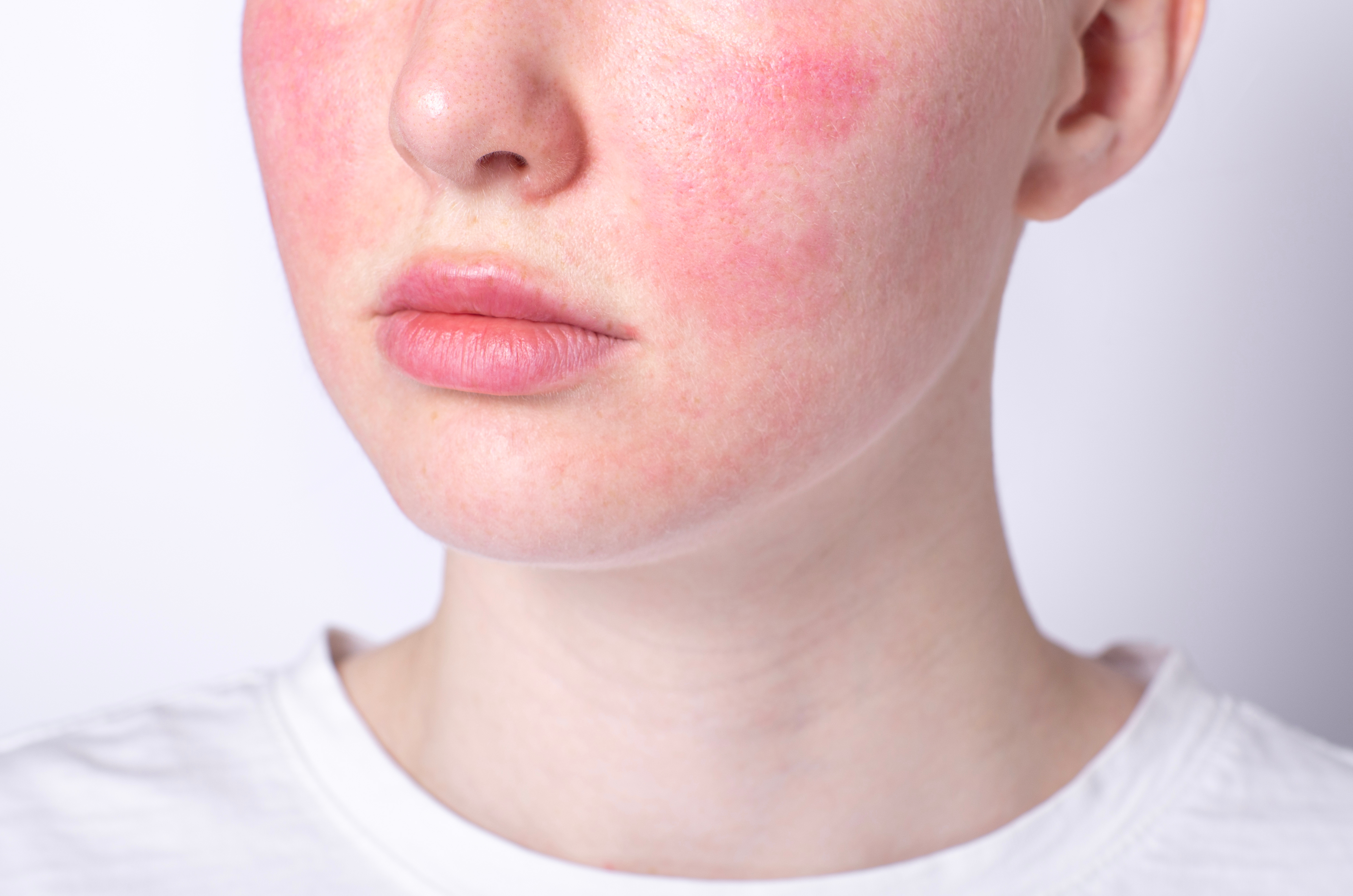blog
Dye VL Laser for Redness and Rosacea: A Game-Changer in Light Therapy

Chronic redness and rosacea can be frustrating conditions that affect not only appearance but also self-confidence. While over-the-counter creams and prescription medications offer temporary relief, they often fail to address the underlying vascular causes. The Dye VL laser changes that by using targeted light energy to reduce facial redness, broken capillaries, and rosacea symptoms at their source. This treatment offers a non-invasive solution that delivers clearer, calmer skin with minimal downtime.
What Is Dye VL Laser Treatment?
Dye VL (Variable Light) is an advanced light-based therapy that combines pulsed dye laser principles with intense pulsed light (IPL) technology. This hybrid approach allows for precise targeting of vascular lesions, flushing, and diffused redness without damaging surrounding skin. The treatment is particularly effective for individuals suffering from rosacea, facial telangiectasia, spider veins, and persistent inflammation triggered by sun exposure or environmental stress.
Unlike traditional IPL devices, Dye VL offers better wavelength specificity and depth penetration, which leads to more consistent results and improved safety for a broader range of skin types.
How It Targets Redness and Rosacea
The laser works by emitting a concentrated beam of light that is absorbed by hemoglobin in dilated blood vessels. This energy heats and collapses the targeted vessels without affecting the surrounding tissue. Over time, the body naturally reabsorbs the damaged vessels, reducing visible redness and flushing.
This approach not only addresses surface-level symptoms but also helps treat underlying inflammation, making it a valuable long-term management tool for rosacea. Most clients begin to see visible improvement after just one to two sessions, with optimal results achieved through a series of treatments spaced several weeks apart.
What to Expect During Treatment
A Dye VL session typically begins with a gentle cleanse of the treatment area, followed by the application of a cooling gel. The handpiece is then passed over the skin, delivering short pulses of light. Clients often describe the sensation as a quick snap or warmth, though it is generally well tolerated without the need for anesthesia.
Each session lasts between 20 and 30 minutes, depending on the size of the area being treated. Mild redness or swelling may occur afterward but typically resolves within a few hours. There’s little to no downtime, and normal activities can be resumed the same day with appropriate sun protection.
Benefits of Dye VL for Skin Health
What sets Dye VL apart is its ability to deliver visible results while maintaining a high comfort level. It can be used to treat both localized spots and widespread flushing with precision. In addition to rosacea, the laser also improves overall skin tone by reducing sun damage, blotchiness, and residual post-acne redness.
Clients report smoother texture, fewer flare-ups, and a more even complexion after completing their treatment series. The skin often looks clearer and healthier, making Dye VL a popular choice for both corrective and preventive care.
Who Is a Good Candidate?
Dye VL laser treatment is suitable for most individuals with fair to medium skin tones struggling with redness, rosacea, or broken capillaries. It’s especially helpful for those seeking an alternative to long-term medication or who have not responded well to topical therapies. A consultation is always recommended to assess skin type, severity of symptoms, and create a customized treatment plan.
Conclusion
The Dye VL laser offers a breakthrough approach to treating redness and rosacea by going beyond surface symptoms to address vascular causes. With its advanced technology, gentle application, and consistent outcomes, this treatment gives patients a renewed sense of comfort and confidence in their skin. For those seeking a reliable solution to chronic facial redness, Dye VL is a modern, effective option grounded in the science of light.

